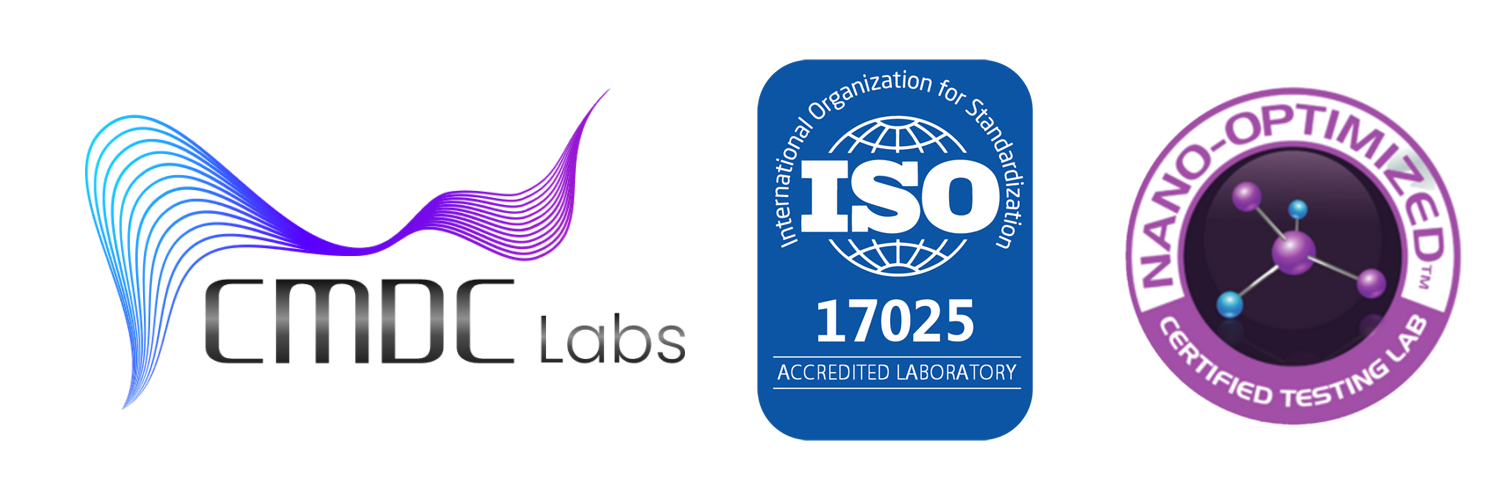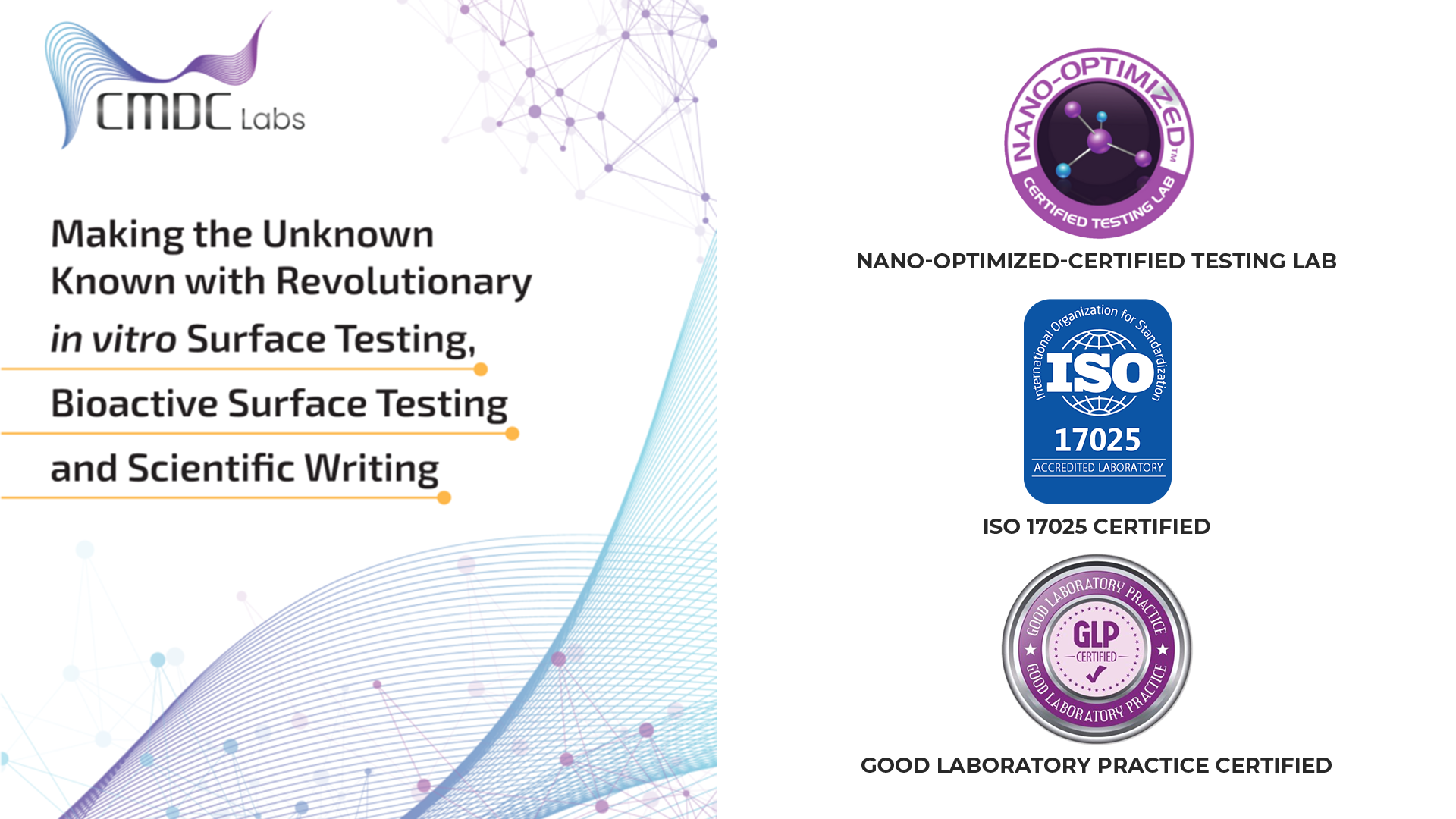In the realm of medical device manufacturing, ensuring the highest levels of cleanliness and sterility is paramount. One critical component in achieving this is bioburden testing, which assesses the number of viable microorganisms on a device before sterilization. ISO 11737-1:2018 is the international standard that outlines the requirements and methodologies for determining bioburden levels. At CMDC Labs, we adhere to these stringent guidelines to ensure that our clients’ medical devices meet all regulatory and safety standards. This article provides an in-depth understanding of ISO 11737-1 and its bioburden testing principles.
What is Bioburden Testing?
Bioburden testing is the process of measuring the number of viable microorganisms on a medical device, component, or raw material. This step is crucial as it helps determine the effectiveness of the sterilization process and ensures that the final product is safe for use. The results from bioburden testing are used to validate and monitor sterilization processes, ensuring they consistently meet the required sterility assurance levels (SAL).
Key Principles of ISO 11737-1
ISO 11737-1:2018 outlines several key principles and requirements for bioburden testing, including:
1. Sample Collection and Handling
The standard specifies the procedures for collecting and handling samples to ensure that the bioburden levels are accurately represented. This includes guidelines on the number of samples to be tested, the type of samples, and the conditions under which they should be stored and transported. Proper sample collection and handling are crucial to avoid contamination or loss of microorganisms, which could lead to inaccurate results.
2. Selection of Extraction Method
Different extraction methods can be used to recover microorganisms from medical devices, and ISO 11737-1 provides guidance on selecting the appropriate method based on the nature of the device and the types of microorganisms likely to be present. Common extraction methods include:
- Rinsing: Suitable for devices with simple surfaces.
- Swabbing: Used for devices with intricate surfaces or components.
- Sonication: Effective for devices with complex geometries.
The chosen method should effectively recover microorganisms without altering their viability.
3. Culture Conditions
The standard specifies the culture conditions necessary for the recovery and enumeration of microorganisms. This includes the selection of appropriate culture media, incubation temperatures, and durations. These conditions should be optimized to support the growth of a wide range of microorganisms that might be present on the device.
4. Validation and Verification
ISO 11737-1 requires that the bioburden testing methods be validated to ensure their accuracy and reliability. This involves demonstrating that the chosen extraction and culture methods can consistently recover and enumerate microorganisms from the device. Verification should be conducted regularly to confirm that the methods remain effective over time.
Steps in Bioburden Testing
1. Sample Preparation:
- Samples are prepared according to the guidelines specified in ISO 11737-1, ensuring that they are representative of the entire batch of devices being tested.
2. Microorganism Extraction:
- The selected extraction method is applied to recover microorganisms from the samples. This step must be performed carefully to ensure maximum recovery without compromising the integrity of the microorganisms.
3. Culturing:
- Extracted microorganisms are cultured under specified conditions to allow for their growth and enumeration. The culture media and incubation conditions must support the growth of a wide range of microorganisms.
4. Enumeration:
- After the incubation period, colonies of microorganisms are counted to determine the bioburden level. This count is expressed as colony-forming units (CFU) per device or per unit area of the device.
5. Data Analysis and Reporting:
- The bioburden data is analyzed to determine if it falls within acceptable limits. Results are documented, and any deviations from expected levels are investigated.
Importance of ISO 11737-1 Compliance
Compliance with ISO 11737-1 is critical for several reasons:
- Regulatory Approval: Many regulatory bodies, including the FDA and the European Medicines Agency (EMA), require adherence to ISO 11737-1 for the approval of medical devices.
- Product Safety: Ensuring that medical devices are free from harmful levels of microorganisms protects patients from infections and other complications.
- Quality Assurance: Regular bioburden testing and adherence to ISO 11737-1 help maintain high-quality standards in the manufacturing process.
Challenges and Considerations
While ISO 11737-1 provides comprehensive guidelines for bioburden testing, several challenges can arise:
- Complex Device Designs: Devices with intricate designs or multiple components may require more sophisticated extraction methods to ensure accurate bioburden recovery.
- Variability in Microorganisms: Different types of microorganisms may respond differently to extraction and culturing methods, necessitating careful selection and validation of these methods.
- Environmental Controls: Maintaining a controlled environment during sample collection, handling, and testing is essential to prevent contamination and ensure accurate results.
Conclusion
At CMDC Labs, we understand the critical importance of bioburden testing in the medical device manufacturing process. By adhering to ISO 11737-1 standards, we ensure that our testing procedures are reliable, accurate, and compliant with regulatory requirements. This commitment to quality and safety helps our clients bring safe and effective medical devices to market, ultimately protecting patient health and wellbeing.
For more information on our bioburden testing services and how we can support your medical device development process, connect with us!
References
-
ISO 11737-1:2018. “Sterilization of health care products—Microbiological methods—Part 1: Determination of a population of microorganisms on products.”
-
FDA Guidelines on Sterility Testing.
-
European Medicines Agency (EMA) Standards on Medical Device Testing.

